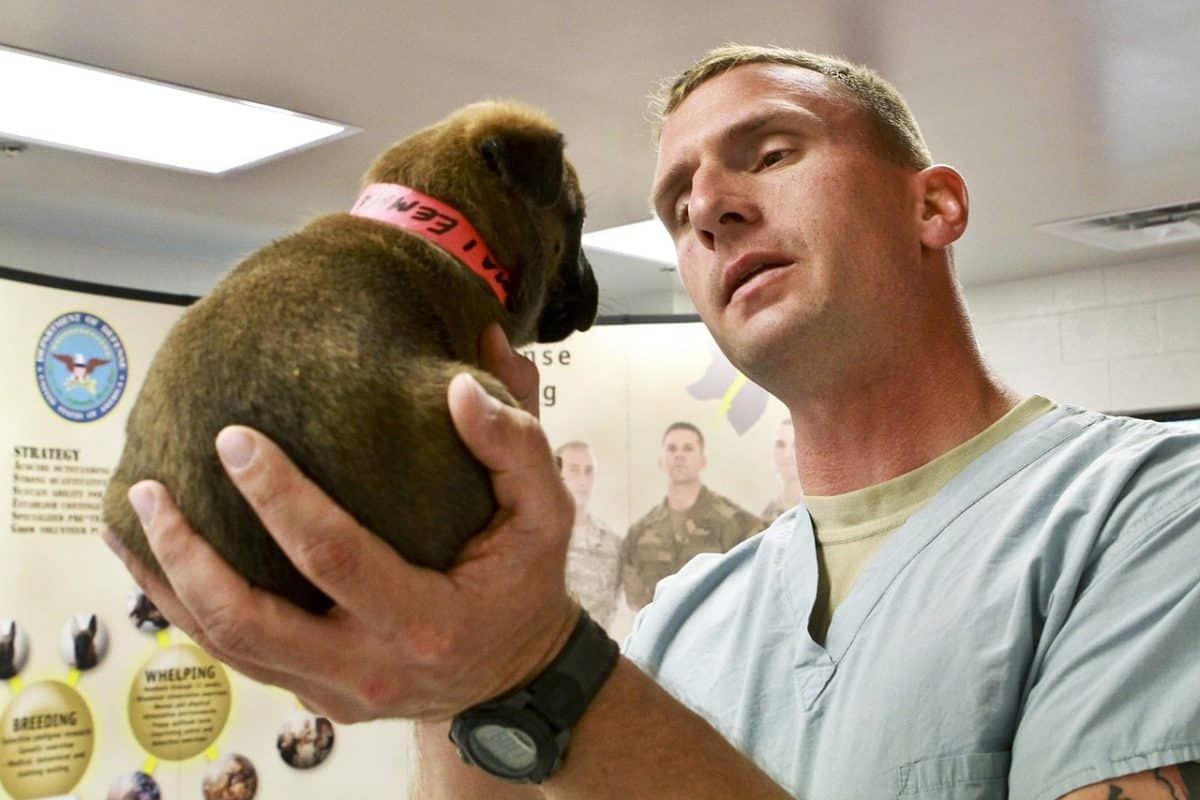
If you’re adding a puppy to your household, you should know how to pick one that’s healthy. Some puppies from shelters, pet shops, and breeders may not be healthy and can succumb to their illness.
Fortunately, easy ways exist to ensure you’re getting a healthy dog, such as using these tips.

When selecting a new puppy from a litter, take time to observe the entire litter. Do all the dogs seem happy while they’re playing? Do any of them limp? Are any of them lagging their littermates? If you see a puppy limping or that’s lethargic, that could indicate illness.
Talk to the breeder about your concerns and ask a few questions to find out if the puppy has had problems like diarrhea or vomiting.
Ask which vaccines they’ve had and try to find out about inbreeding to determine how inbred they happen to be. Inbreeding can leave them susceptible to many diseases.
A healthy dog will have a shiny coat instead of one that appears dull. While looking at the coat, observe the skin as well.
The puppies shouldn’t have any bald spots, redness, flaking, or sores on their skin. Some dogs can get rashes on their skin that are the result of fungal, bacterial or yeast infections.
Pyoderma causes some pustules that look like whiteheads on a pimple to appear on the skin. These sores also cause the skin to be dry, crusty, and flaky.
Fortunately, most breeders, like Little Puppies Online, take good care of their puppies, so you may never see these signs when buying a new companion.
It’s important to examine the eyes of the puppies you’re picking to ensure you’re not getting a dog who could potentially become blind. A puppy’s eyes may look slightly cloudy, and that’s normal, but they should not be excessively cloudy or look red.
Look for missing fur from around the eyes or if the puppy you’re considering for your home is squinting and rubbing at its eyes. Rubbing at the eyes or squinting could be signs of an eye irritation, which could be anything from flying debris to an eye disease.
Many people want purebred dogs like Huskies, Poodles, or Pugs. If you want a certain type, then research the diseases or physical problems they can have before going to look at puppies.
By knowing the symptoms of diseases that normally affect their breed, you can spot problems with a puppy.
For instance, Pugs often have eye problems because of their eyes position and shortness of their heads. One such condition is Brachycephalic Ocular Syndrome. Look for these symptoms in puppies, as well as their parents:
It’s important to thoroughly examine a puppy that you’re considering buying or adopting. If you’re going to pay 1,000 to 2,000 dollars on a puppy, consider taking it to a vet for an examination before buying it. With the proper treatment, some issues will heal.
However, others can be a lifelong and painful condition for the dog. Consider what you’re getting into if a puppy shows the symptoms of any diseases.
